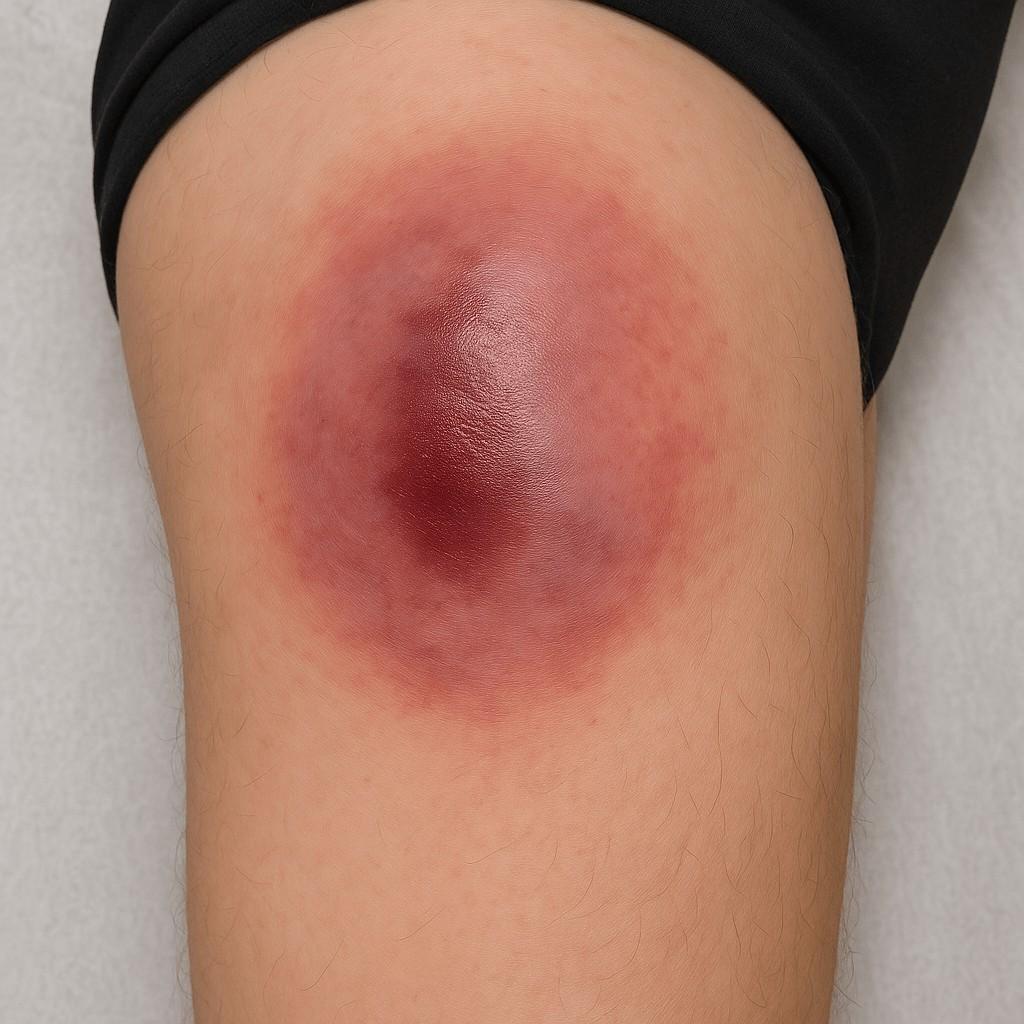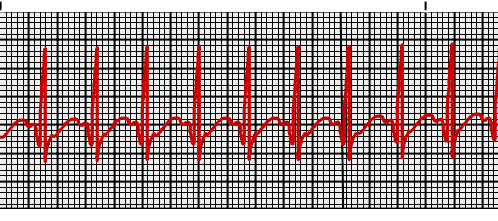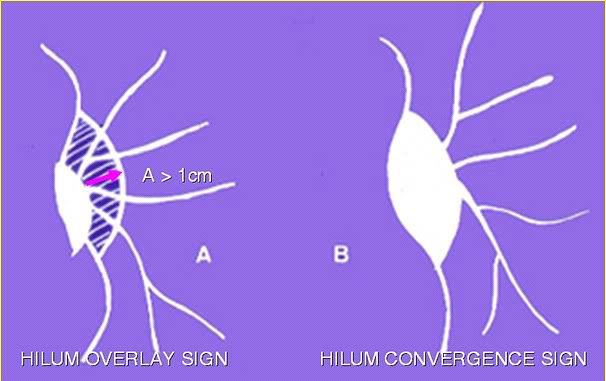Definition: Post-traumatic closed degloving injury, in which the skin and subcutaneous tissue is detached from the underlying fascia by a shearing force which can disrupt perforating vessels and nerves, creating a potential space that fills with blood, lymph, debris and fat (necrotic and/or viable).
Clinical features:
The diagnosis can be challenging because the overlying skin may appear normal, although dermal changes such as ecchymosis and necrosis can occur.
Onset:
- 2/3rd cases: within hours to days after the inciting trauma
- 1/3rd cases: present months or years after the initial trauma
Symptoms:
- Pain
- Swelling
- Stiffness
Signs:
- Soft fluctuant area of contour deformity, with or without skin discoloration and skin hypermotility
- Decreased skin sensation if cutaneous nerves are disrupted
- Skin necrosis (acute or delayed)
Investigation of choice: MRI
- Acute lesions: Heterogenous signal intensity
- Chronic lesions:
- Hypointense on T1-weighted images and hyperintense on T2-weighted images
- Peripheral hypointense pseudo-capsule on T1 and T2 weighted images
Treatment:
There are no consensus algorithm for management of Morel-Lavalle lesions.


He is the section editor of Orthopedics in Epomedicine. He searches for and share simpler ways to make complicated medical topics simple. He also loves writing poetry, listening and playing music. He is currently pursuing Fellowship in Hip, Pelvi-acetabulum and Arthroplasty at B&B Hospital.



